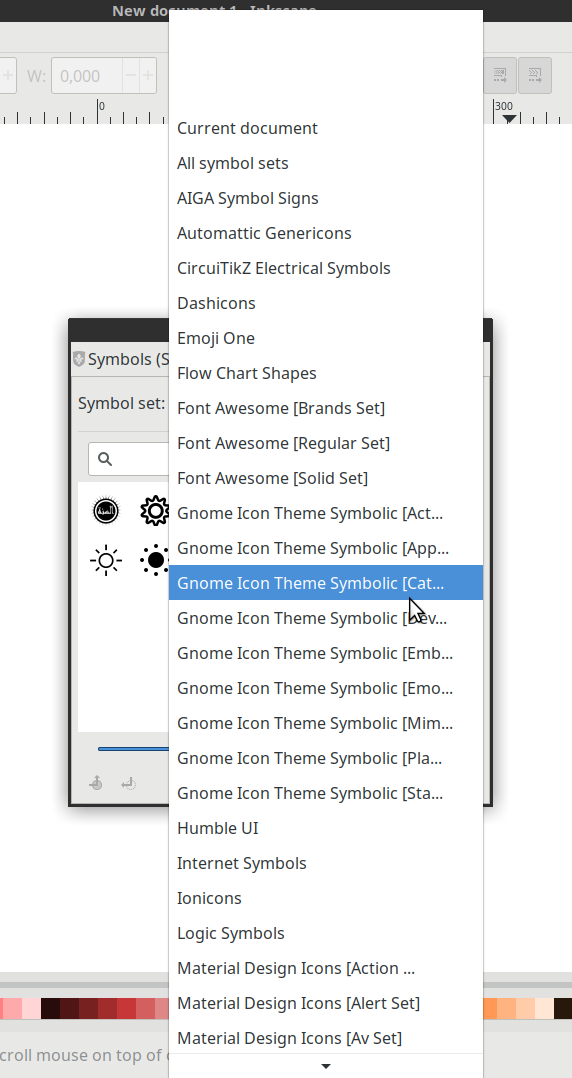

I recently did map commissions for Legendary Games, and because their Kickstarter is working closely with one particular phone app VT software, I was required to slice the map into 2048 x 2048 pixel areas. For example Roll20 allows using 72 x 72 inch at 72 dpi JPGs, but most VT-apps are much smaller map areas, more 24 x 24 inches. Now they all work with JPG maps fine, but its the size requirements that are the issue, it varies from app to app. The issue with VT, is there are so many apps out there, and many of them use different parameters. I generally use JPG for whole maps and PNG files for map objects. RayI myself, don't use virtual tabletop rather a printed map with minis played at a live table, but I have regular contact with a number of developers and major users of vt-apps, like MapTools, Fantasy Grounds, Battlegrounds, etc. does this affect how you do your maps at all? I think I read some where that the software that operates the screen can provide fog of war for the maps. Having never seen a game played on virtual tabletop, I have seen picture which shows a large screen that the players can see. The end result has had some work done in Photoshop (adjusted levels, removing dots).What type of file do you proved for the virtual tabletop? Do you have to do anything special for the tabletop use? I don’t have a scanner, so all images in the tutorial are taken with an iPhone camera. None of this stuff is especially expensive, and can be bought online. For this tutorial, I’ve used three sizes of Micron markers (0.5, 0.1 and 0.05), an ice grey 4 Promarker, a mechanical pencil and a note book with dotted paper, from Field Notes (however, you could just as well use normal grid paper). I, however, prefer to draw by hand.įirst of all, make sure you have decent tools to work with.

Note: since this tutorial was published, I’ve also made a tutorial on how to draw isometric maps, you can read it here: The gearĪ lot of people prefer to draw digital maps, using tools like Photoshop. You can of course add a lot of complexity by adding “dungeon dressing”, or even draw the map from another perspective, such as isometric.


This tutorial will show you how to draw a simple top-down map, with no special features such as furniture or other objects. Sometimes when I post my maps online, people ask me for advice on how to get started, and even though I’m far from an authority on the subject, I though a short and simple tutorial could be of help, so here goes! Ever since I was a kid, I enjoyed drawing, especially mystical places like monster strongholds, secret lairs and abandoned catacombs. I enjoy drawing maps for roleplaying games like Dungeons & Dragons. This map will be the end result of this tutorial.


 0 kommentar(er)
0 kommentar(er)
